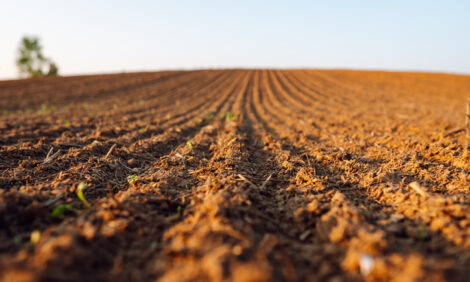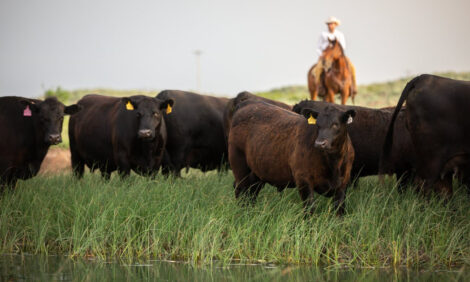



Successful calving begins with sound spring breeding
Turn in bulls with cows about 9 months before you expect to welcome the first baby calves of the seasonMany cattle ranchers turn bulls in with their cows and heifers in May or June, and Mark Johnson, beef cattle breeding specialist for Oklahoma State University Extension, has some tips for a successful breeding season.
“It’s always a good idea to do breeding soundness evaluations (BSE) on bulls prior to breeding season,” Johnson said. “BSEs are a general rule of thumb and good management practice.”
Once bulls are determined sound, ranchers should focus on bull-to-female ratios: yearling bulls should be able to cover a cow for about every month of their age. At 2 years old, bulls should be able to breed around 25 females. From age 2 to 6, Johnson said bulls can successfully cover 25 to 35 cows in a breeding season.
“Cattle breeding season should be as short as possible,” Johnson said. “A time frame of 45 days is better than 60, and 60 days is better than 90.”
A short breeding window ensures calves are born within a tight range of time the following year.
As for when to expect the first calves of the season, it depends on the rancher’s preference. Producers should turn in bulls about nine months before cows begin calving.
“Last year, we had a lot of people decide to start calving later than usual after that brutal stretch of cold in February,” Johnson said. “If you want early January calves, bulls should be turned out the beginning of April.”
Photo courtesy of Todd Johnson, OSU Agricultural Communications Services



